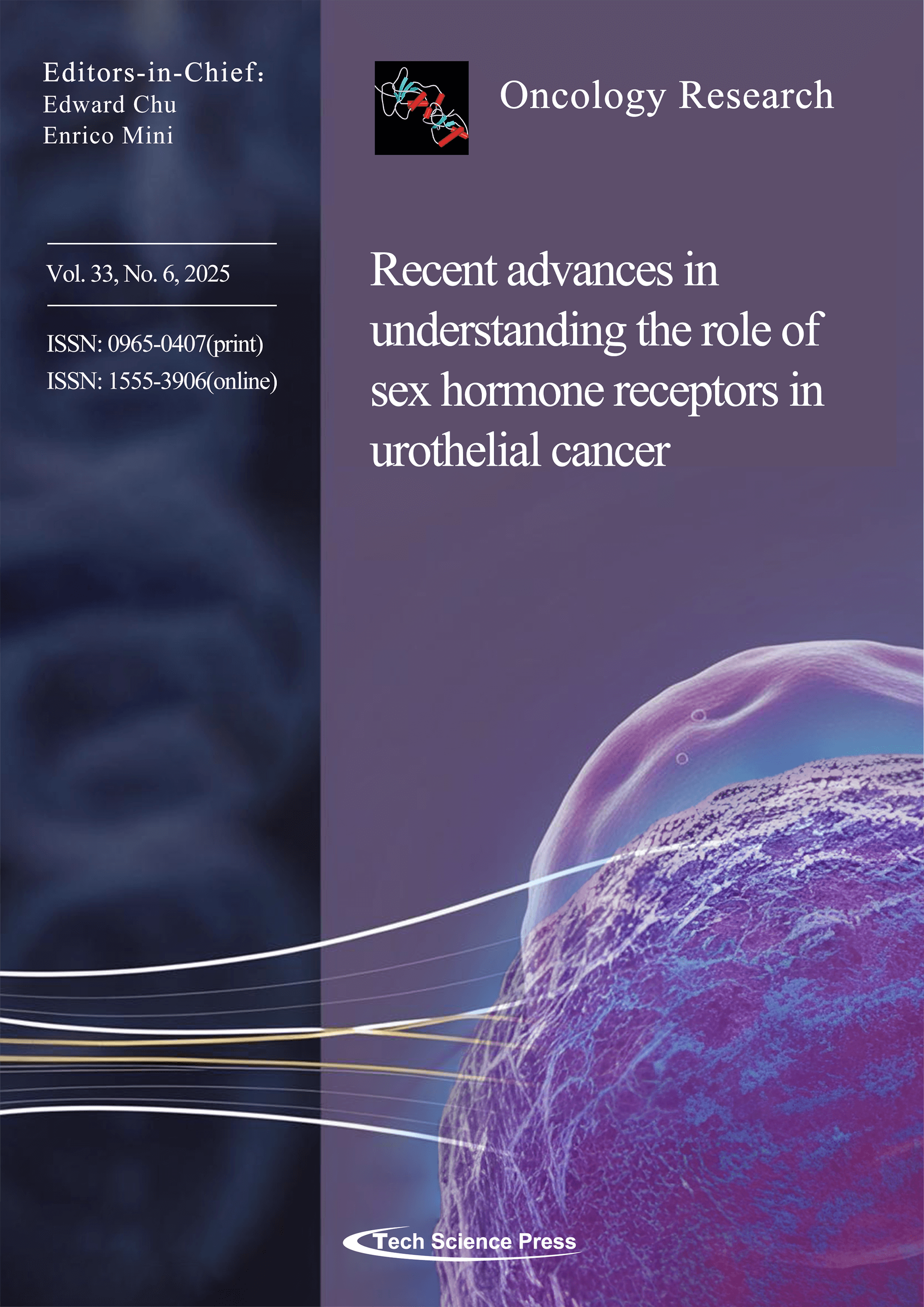
Emerging evidence has indicated that sex hormone receptors, including androgen receptor (AR), estrogen receptor-α (ERα), and estrogen receptor-β (ERβ), play an important role in modulating the development and progression of urothelial cancer, as well as response to conventional non-surgical therapy for bladder cancer. The present review article summarizes such findings with a focus on the recent progress during the last several years. The cover illustrates signaling of AR, ERα, and ERβ, as nuclear receptors, and their potential downstream effectors shown to be up-regulated/activated (red) or down-regulated/inactivated (blue) in non-neoplastic urothelial cells and/or urothelial cancer cells (A, androgen; ARE, androgen response element; E, estrogen; ERE, estrogen response element).
View this paper